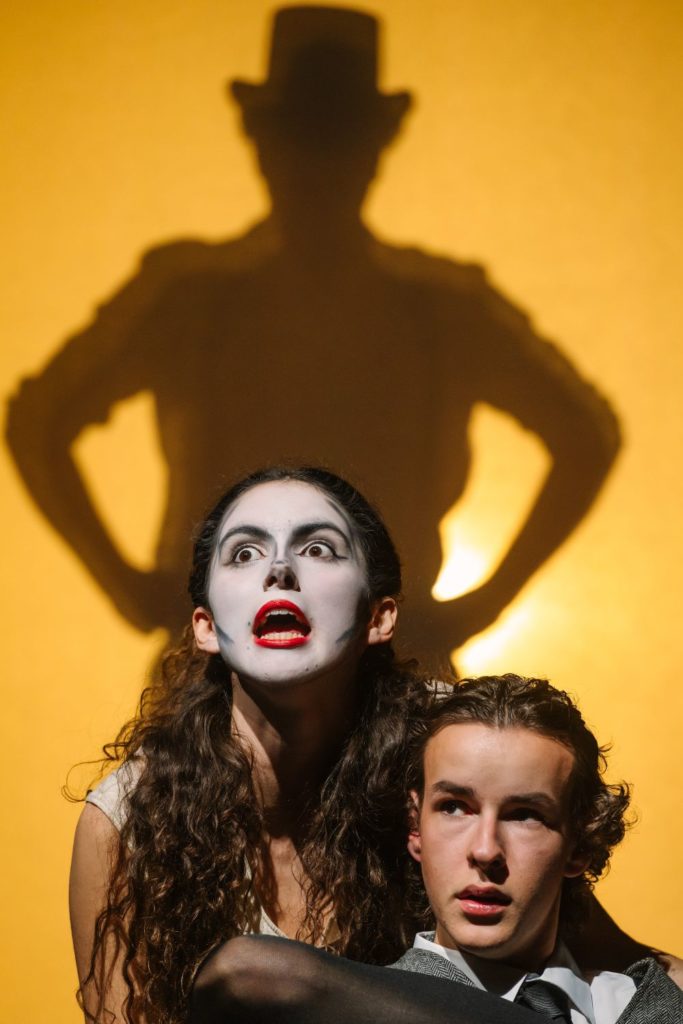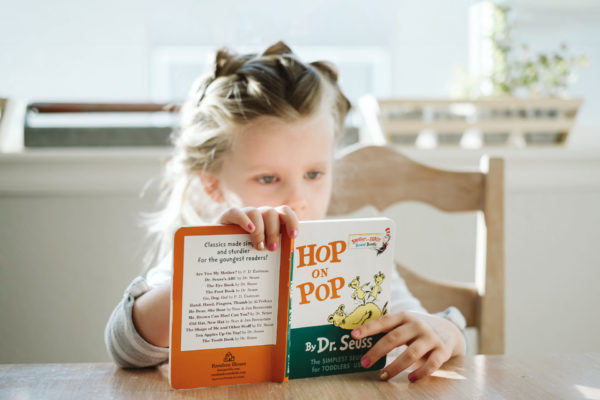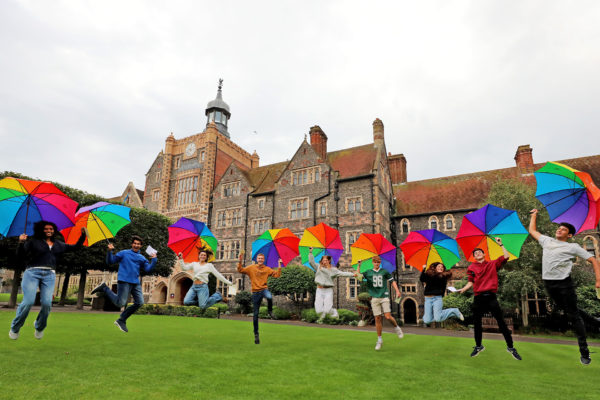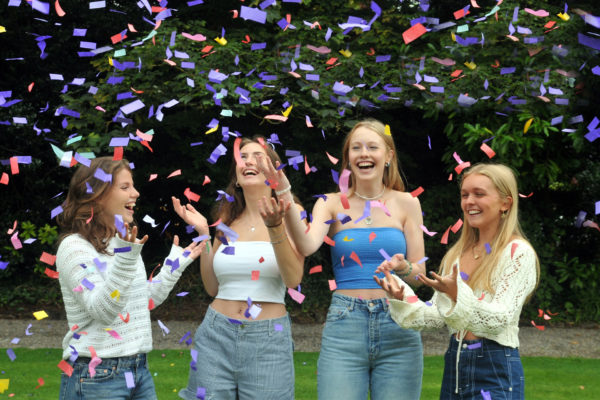Dress To Impress – School Attitudes To Uniforms
By
2 years ago
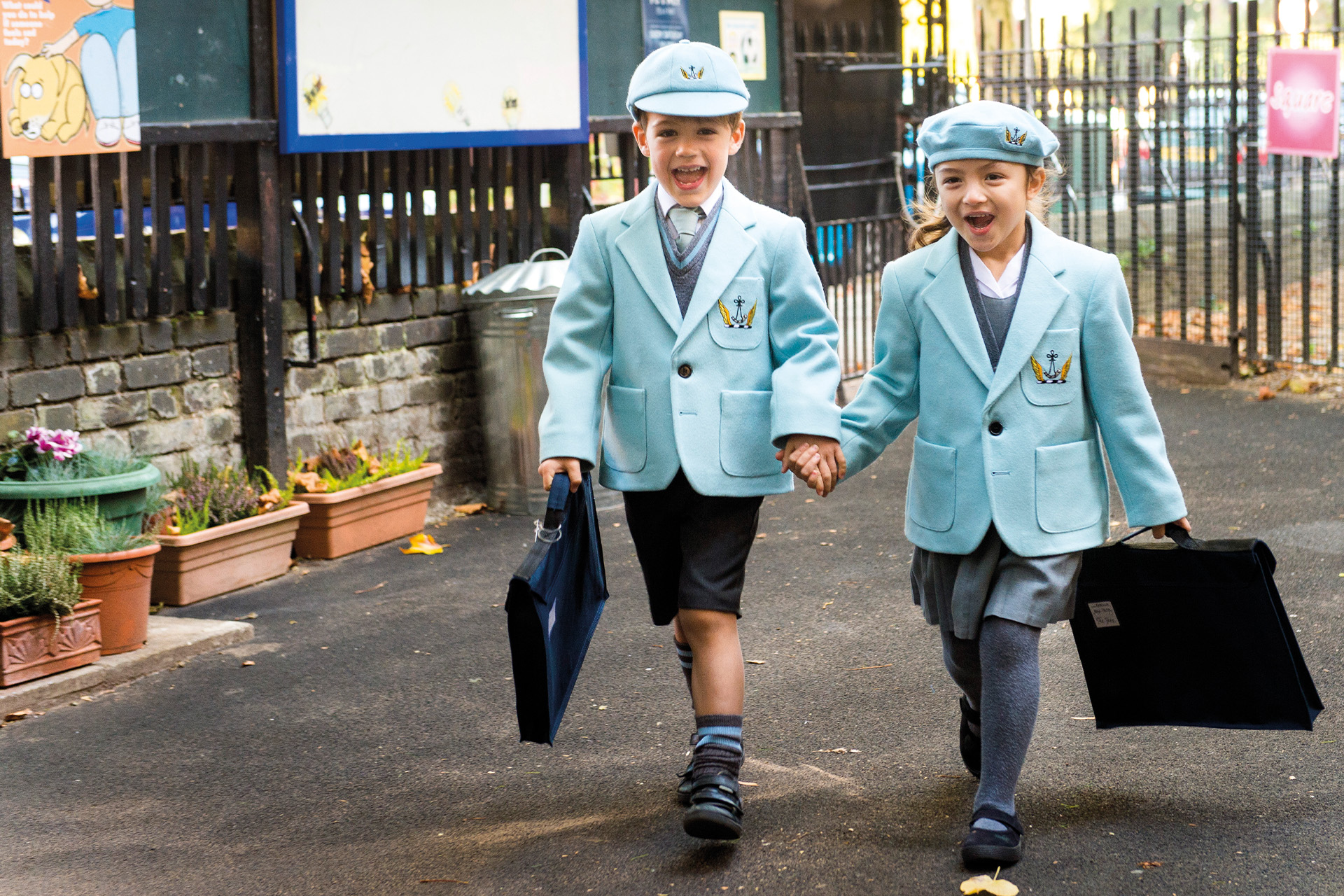
Gloriously historic – or mindfully rule-free? Either way, says Sally Jones, a school reveals its ethos from its official attitude to uniform
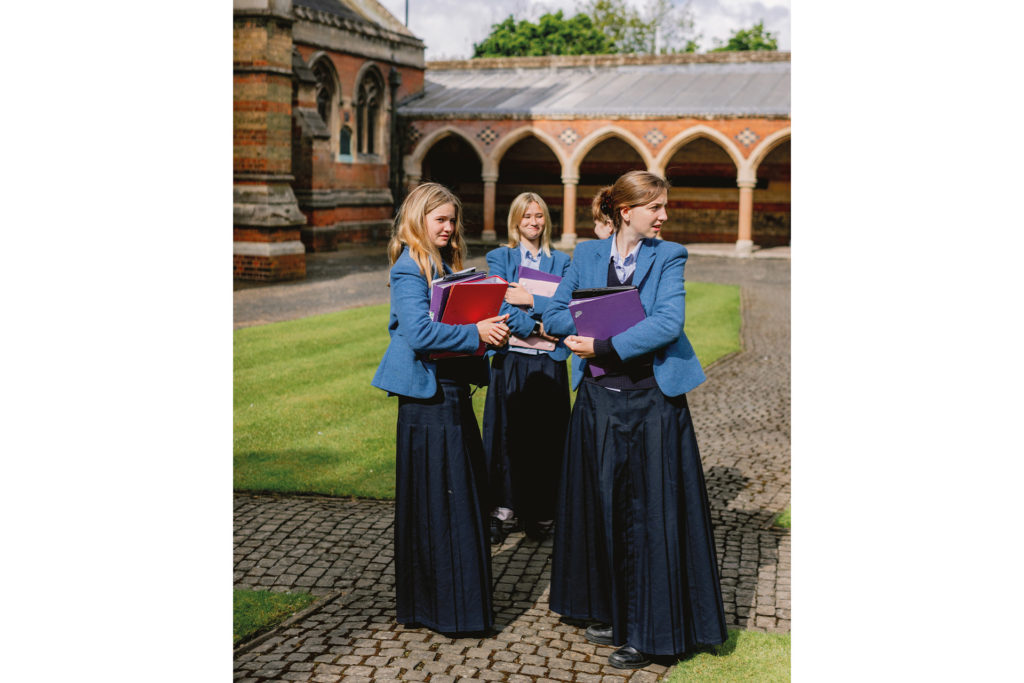
Aged nine, I sat, racked with envy, during Speech Day at Highcroft, my brother’s prep school near Birmingham. Child after child skipped up on to the stage to collect its prizes, resplendent in a well-cut sky-blue blazer, blue shirt and a wonderfully gaudy red, blue and yellow tie and badge. Most of all, I coveted the elaborate prefects’ and head girl’s badges, plus the outdoor uniform of a striped, woollen scarf and grey felt wideawake hat. They even festooned the sporting trophies with ribbons in the colours of the winning house. Talk about branding. I looked miserably at my own drab, minimalist school ‘uniform’: Dark skirt (any make), nameless blazer, white socks, dark shoes. Bah!
As an early aficionado of the Malory Towers and Billy Bunter canon, I had a clearly defined idea of what a ‘proper’ uniform should look like: spongebag trousers, blazer and striped cap or boater for the boys, preferably in some eye-catching colour, purple say, or turquoise, plus gymslips and cotton shirtwaister summer dresses for the girls. When I eventually passed the exam for King Edward VI High School, (unique apple-green pullover and shirt plus hideously unflattering Greek tunic-style ‘gym garment’) I was ecstatic, peacock-proud of my new school and its distinctive livery.
Not everyone shared my delight: for every school-loving conformist, there was a hippyish wild-child pushing the rules to the limits with forbidden maxi-skirts and discarded berets. Uniforms have always proved divisive among pupils and remain a strong element of each school’s brand. Who could forget the iconic 1937 photograph of two young Harrovians immaculate in striped trousers, hats, canes and boutonniéres during the Eton-Harrow match at Lord’s, while three scruffy working-class lads giggle mischievously at the ‘toffs’ in their finery. Harrow’s uniform is little changed since Victorian times while Eton too retains much of its elaborate ‘ruling class’ regalia although their top hats were made voluntary in 1948, (partly because of post-War silk shortages) and were jettisoned for good in 1964. A new, more casual regime was permitted in limited circumstances within college in the early ‘70s. This led the New York Times to observe, tongue-in-cheek, that the abolition of top hats and the new (relative) informality would come as a great ‘disappointment to American tourists … capturing for immortality wit cameras the depressed demeanor of a youth of 13 in penguin attire.’
Although to outsiders, the more ornate traditional uniforms may look faintly absurd and anachronistic, a caricature of upper-crust elitism, they engender a fierce pride and sense of belonging among the majority of the pupils as well as defining the ‘tone’ of the school.
While Eton and Harrow’s uniforms originate from the early 19th century, these seem positively Johnny-come-latelies compared to Red Maids in Bristol, Britain’s oldest existing girls’ school which even takes its name from its uniform. The Red Maids’ School was founded in 1634 by John Whitson, the local MP and mayor, whose will stipulated that the girls should be ‘apparelled in red cloth.’ The school now known as Redmaids’ High after its merger with Redland High School, still uses the same shade of red which has always been part of its uniform as either a cape, gaberdine or blazer, worn in the annual Founder’s Day procession through the city. Although there are only a few of the traditional Red Maids’ capes and bonnets left, around eight girls proudly sport this ceremonial dress on Founders’ Day, having gone into a ballot for the honour of wearing it. The head girls parade in flowing red and grey academic gowns and the rest of the girls process in smart red blazers.
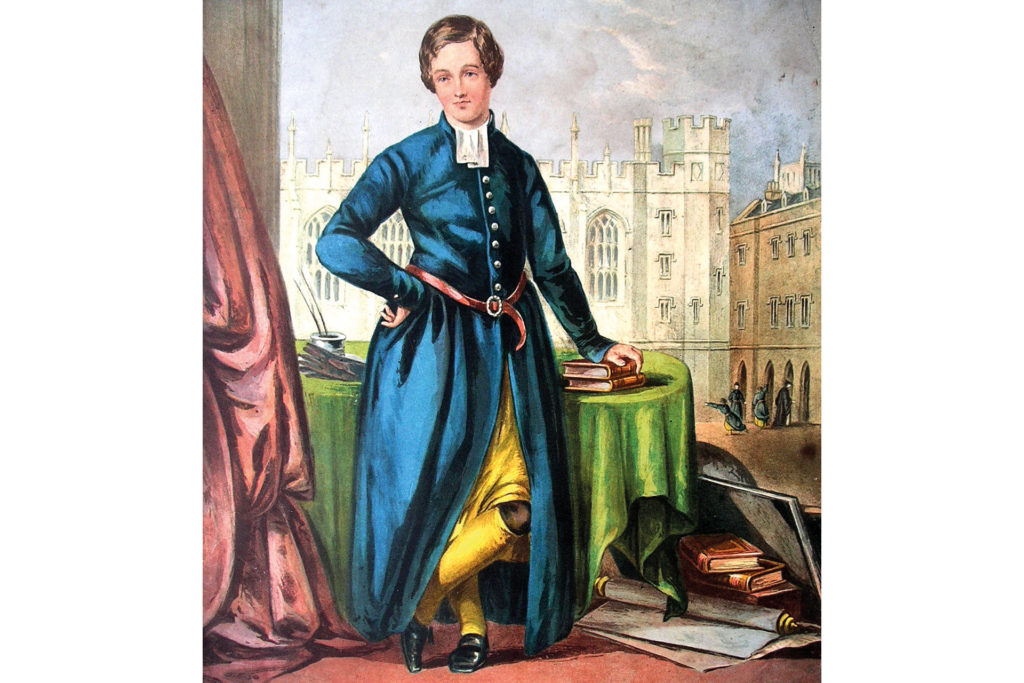
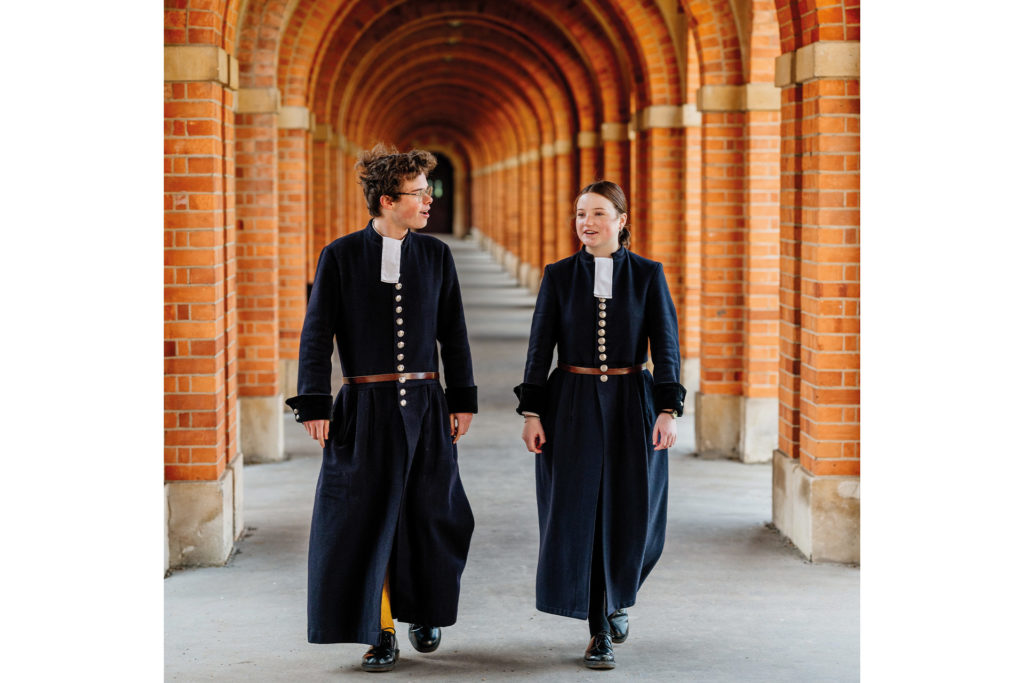
Still more venerable, Christ’s Hospital’s picturesque rig-out is little changed in 470 years, possibly the world’s oldest and certainly the most recognisable. The long, blue, belted ‘housey’ coat, matching knee breeches, yellow socks and white neck bands were originally designed to clothe and unify a band of waifs and strays with little except rags to their name, the ‘fatherless and poor children’ gathered up and cared for by the City of London. It is thought that blue and yellow were chosen as these colour dyes were cheap and helped distinguish the children from those from other schools. Around 200 years ago, the school introduced coat buttons depicting the head of its founder, King Edward VI and these days top academic all-rounders among the Grecians (upper sixth-formers) receive large silver buttons and velvet cuffs. Though now based in Horsham, Sussex, Christ’s Hospital’s charitable remit is unchanged, its youngsters drawn from a wide variety of backgrounds through its hugely generous bursary provision. The uniform is even supplied free to all 900 pupils and thanks to the school’s London links, another perk for any child wearing the uniform is free entry to the Tower of London.
For 17-year-old Luke Pullen, the second Monitor (the equivalent of head boy) the uniform is a source of pride.
‘When I first joined Christ’s Hospital, I was ribbed a bit about the uniform by people out of school,’ he admits, ‘but lots are really fascinated. Some new pupils complain about the uniform or are confused by it but you quickly get used to it as all 900 of us are wearing it, and it soon feels normal. It also helps you fit in with the rest of the school, wherever you’ve come from. You feel unique, different from other schools: you’re carrying your history around with you.’
Pullen, like most pupils at schools with an instantly recognisable uniform, also understands that this brings a further level of responsibility – the need to behave with decorum in public. Since it was founded in 1947, Hurlingham School, a well-regarded prep school in West London, has boasted light blue blazers, caps and berets, plus a navy and Hurlingham blue striped sports tops and traditional grey duffel coats. The girls wear unmistakeable blue and white cotton summer dresses and warm grey pinafores for winter.
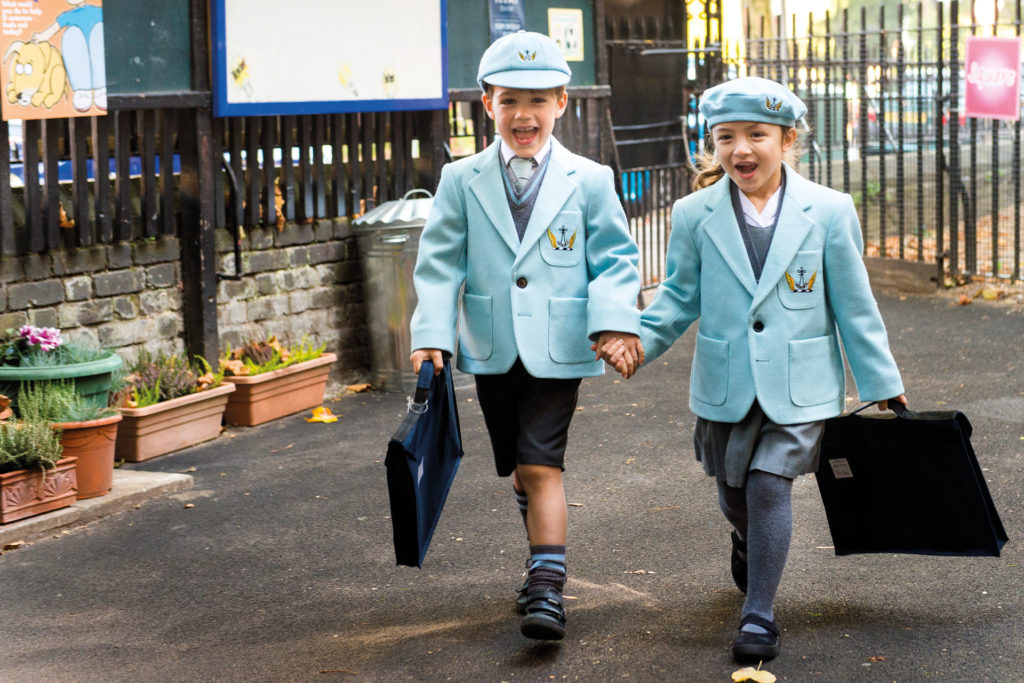
‘I couldn’t be prouder of our uniform,’ says Headmaster Simon Gould. ‘That distinctive Hurlingham blue is striking and it gives the school a strong identity. When people hear I’m the head, the first reaction is usually ‘Oh, that lovely blue uniform,’ In the early days there was quite a social cachet to it. You could only buy it at Harrods – but these days it’s widened out a lot. The uniform makes the children realise they’re part of a strong community and they also understand the responsibilities that go with that. Everyone knows instantly which school they go to and I think this encourages them to behave better. It’s certainly something we talk a lot about with them.’
Blue is also the (new) colour at Rugby School where every aspect of the uniform, including recent changes of shade and material, has been discussed in depth, with focus groups and consultations with staff, pupils and even Old Rugbeians. For decades the boys’ uniform included a hard-wearing brown-grey tweed jacket, which was then swapped for a less durable, dull, brown printed polyester around 20 years ago. Although the first girls entering the sixth form in 1976 had no prescribed uniform apart from smart dress, the early 90s, when Rugby went fully co-ed, saw the introduction of a girls’ uniform including the school’s iconic long Laura Ashley-style flannel skirts – the fashion at the time. Deputy Head Lara Hampton led the recent consultation process and despite some pushback from a few traditionalists, is delighted with the major updates introduced in September 2022.
‘We now have a lovely, blue tweed jacket, high quality and slightly paler than royal blue,’ she explained. ‘The pupils’ trousers and skirts are now navy-blue rather than grey. The girls’ jacket is fitted and they insisted that we keep the long, ankle-length skirt as it suited everyone. Its demureness was one attraction – and the fact that they can wear pyjama bottoms under the skirts! The girls feel smart but they also like the heritage element of it.’
To Hampton, uniform design is about far more than a simple fashion statement.
‘Schools are about life and energy and we thought the blue showed this, in contrast to the grey which was a bit drab. I feel if uniform is worn properly it’s a key part of the school experience. It gives pupils a real sense of belonging and being valued, a subliminal feeling that they’re part of something bigger.’
While uniform is a central aspect of life at Rugby, others opt for non-conformity and dispense with uniform altogether. For progressive schools like St Chris at Letchworth, Hertfordshire, where pupils can wear virtually anything they like, one of the few rules is no camouflage or clothes with militaristic connotations. To upper sixth-former Soonu Dilke, 17, this freedom of choice enhances the pupils’ sense of individuality.
‘It reflects the progressive ethos of school,’ she explains. ‘People at other schools say uniforms are useful for making everyone feel equal – but I believe we can be equal in whatever we’re comfortable in.
‘You get real variety in what people wear: some come in tracksuits and hoodies. One guy used to arrive in a really smart suit; some of the little ones used to come in onesies and I remember a few platform shoes knocking around – but it’s whatever you want to wear that day. The only guide apart from no militaristic clothes is to be respectful – for example one girl was told to change a too-short skirt. If you wear something others find offensive, it’s not OK to wear it. My friends at traditional schools get stressed at non-uniform days – but for me it’s just one less thing to worry about.’
The progressively liberal Bedales School, founded in 1893 as a humane alternative to the more authoritarian regimes typical of late Victorian schools likewise has a no-uniform policy.
‘Pupils choose what to wear and address staff by their first names,’ says Head of Bedales Schools Will Goldsmith. ‘These are just two features of a culture that values the individual, with relationships between staff and students built on mutual respect.’ He regards uniforms as irrelevant and counter-productive in an era of individualism.
‘Fundamentally, the idea that uniformity is a good thing cuts against what our society needs in this age of AI: creative individuals who value difference and fresh ideas, not clones who conform to the norms. Especially nowadays, the world of work no longer requires most people to wear ties or suits in order to succeed; schools where a traditional uniform is still de rigueur are looking increasingly anachronistic.’
Rugby’s Lara Hampton begs to differ. ‘We have a really diverse student body thanks to our generous scholarships and bursaries, and for many young people what brand of trainers you wear and ‘keeping up with the Joneses’ is really important. The huge argument for uniform is that this removes that worry. Uniform also instils a sense of discipline: our pupils love non-uniform days but they all say they wouldn’t want them every day as they foster a more relaxed approach to work. I believe if you wear a smart, attractive uniform, it puts you in work mode, making you ready for the school day and ready for life.’

